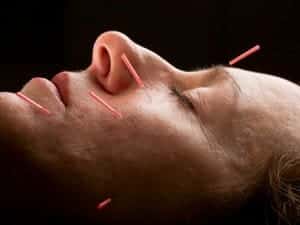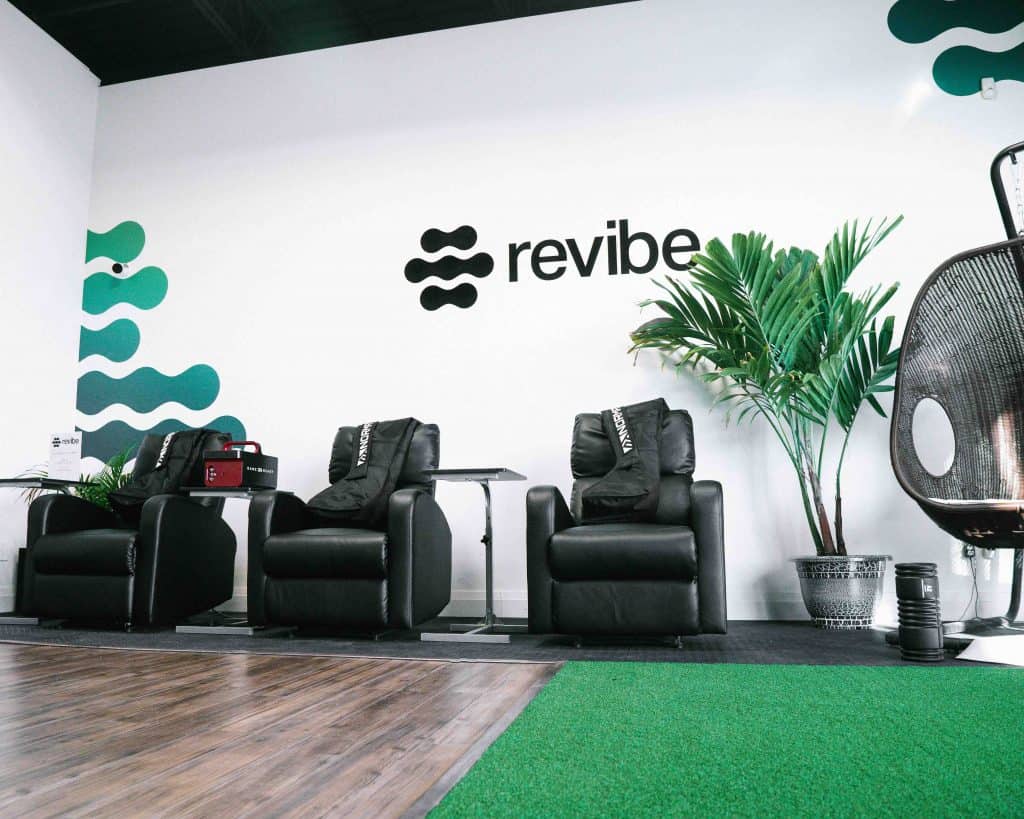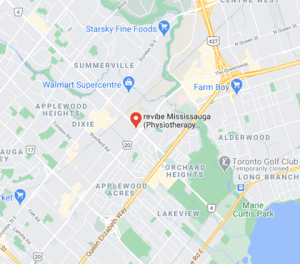Are you looking to relieve muscular pain through unconventional methods? Or do you think that alternative treatments are more effective than medicines? Either way, you must be exploring your options and come across two options: Acupuncture and Dry Needling.
Acupuncture and Dry Needling have many differences between them. They have different historical backgrounds and medical benefits, as well.
Are you unaware of the differences between the two treatments? Do you think Acupuncture and Dry Needling are dangerous and painful? Today, this article will answer all your questions related to these two alternate treatments!

WHAT IS ACUPUNCTURE?
As mentioned before, Acupuncture is a form of alternative treatment in which very thin needles are inserted in a person’s body. The needles are inserted to variable depths. There are various purposes of this treatment in today’s world.

HOW OLD IS ACUPUNCTURE?
It is believed that Acupuncture is almost 3000 – 5000 years old.
It was started in ancient China, where it was frequently used to treat multiple conditions.
WHAT IS DRY NEEDLING AND OLD IS IT?
Dry Needling is quite similar to Acupuncture. In this treatment, filiform (threadlike) needles are inserted in your body at specific points.
This technique traces its origins back to the 1980s, so; it is a relatively newer technique compare to Acupuncture.

WHAT ARE THE DIFFERENCES BETWEEN ACUPUNCTURE AND DRY NEEDLING?
After reading the basic definitions of the two treatments, you must be wondering about the differences between the two.
The differences between these two treatments are:
1. NEEDLES
In Acupuncture, small hypodermic needles are used; however, in Dry Needling, very thin needles are used.
Stainless steel needles are used for Dry Needling to avoid the injection of any fluids. This is why this technique got the name ‘Dry’ Needling.
2. ORIGIN
As mentioned earlier, Acupuncture is an older treatment as compared to Dry Needling.
3. DURATION
In Dry Needling, the needles remain in the skin for a short time (close to one second).
On the other hand, in Acupuncture, the needles remain in the skin for a duration of almost 20 to 25 minutes.
4. LOCATION
In Dry Needling, the practitioner inserts the needles in the trigger points of the muscles and tissues. This is why it is also called ‘Trigger Point Dry Needling.’ The trigger points are the areas of stiff muscles (where the pain resides)
Furthermore, Dry Needling may also be performed on ‘non-trigger points’ depending on the patient.
On the other hand, during the needles are inserted at ‘Acupuncture Points’ during Acupuncture. These points are used to improve or energize the nerves and muscles. The practice generally aims at providing the body with a proper balance for proper functioning!
So, these are the fundamental differences between Acupuncture and Dry Needling.

WHAT ARE THE BENEFITS OF ACUPUNCTURE AND DRY NEEDLING?
There are many benefits present in the two techniques:
BENEFITS OF ACUPUNCTURE
REDUCED STRESS: this is one of the major reasons why people go for Acupuncture. It reduces the stress hormones from the body, which provides a relaxed experience.
BODY PAINS: Acupuncture is an effective way of reducing/treating body pains such as neck pains, lower back pains, and knee pains.
HEADACHES: this is a great, drug-free way to treat headaches and migraine issues.
SMOKING CRAVING: this treatment puts a brake on your cravings like smoking and promotes improvements in the lungs.
INCREASED ENERGY: this is one of the significant aims of Acupuncture; increased energy. This may also be helpful for people who have insomnia.
LABOR PAIN: this aspect of Acupuncture has different points of view. In some cases, Labor pain is said to have been lowered but, it is also said that Acupuncture is not helpful in this case.
BENEFITS OF DRY NEEDLING
MUSCLE PAIN AND STIFFNESS: Dry Needling helps treat muscle pain and stiffness. This is mainly due to the insertion of the needles into the trigger points present in muscles and tissues.
BLOOD FLOW AND OXYGEN CIRCULATION: this practice can also help in blood flow and oxygen circulation. This is the main reason why dry Needling is becoming common in athletes who are looking to optimize their performances!
DO ACUPUNCTURE AND DRY NEEDLING HAVE ANY SIDE EFFECTS?
Like every other treatment, these two treatments also have some side effects:
RISKS INVOLVED IN ACUPUNCTURE
PAIN AT INJECTION AREA: this does not mean that the process is overall painful as the problem is mostly experienced in the areas where the needles were inserted.
BRUISES: this is a common side effect of Acupuncture.
BLEEDING: this can also occur if you are proceeding with Acupuncture.
RISKS INVOLVED IN DRY NEEDLING
BRUISING: this is a common side effect.
BLEEDING: this is also a usual side effect if you are proceeding with Dry Needling.
SORENESS: soreness can be caused; however, it will most probably be temporary.
The side effects mentioned above are common. Rare side effects may include extensive bruising, prolonged pain, or internal infections.
ARE ACUPUNCTURE AND DRY NEEDLING SAFE?
There is a disagreement on the topic of the safety of Dry Needling, which is why Acupuncture is considered safer. Either way, you need to do some research on the practitioner you consult.
The practitioner must have a good record and reputation and should be experienced. The equipment used, especially the needles, must be properly sterilized and disposed of afterward.
As mentioned earlier as well, if the needles are not cleaned, they can result in internal infections in the body, which may be fatal as well. Other than this, the use of gloves and other safety precautions is also essential.
ARE ACUPUNCTURE AND DRY NEEDLING PAINFUL?
This is an often asked question about Acupuncture and Dry Needling.
According to the research, Dry Needling is slightly more painful than Acupuncture, but that varies from patient to patient.
ACUPUNCTURE AND DRY NEEDLING: WHICH ONE TO CHOOSE?
If you are looking to relieve body pain and other medical issues, then these measures are extremely helpful. Other than that, it is also an excellent way to get away from the tensions of your daily routine as it is a very soothing and relaxing experience.
Which treatment is better is entirely up to you as there are positive feedbacks on both ends. Hence, you should try one of these practices!
Read this post: cupping therapy and why you should give it a try!






